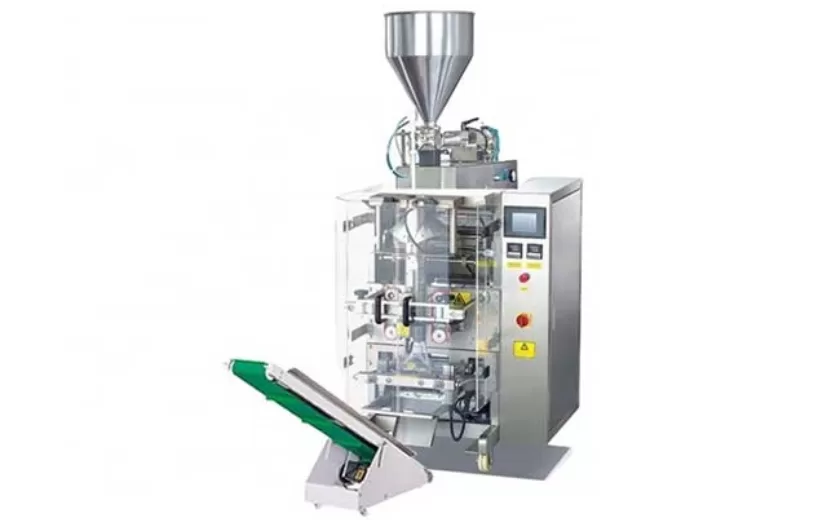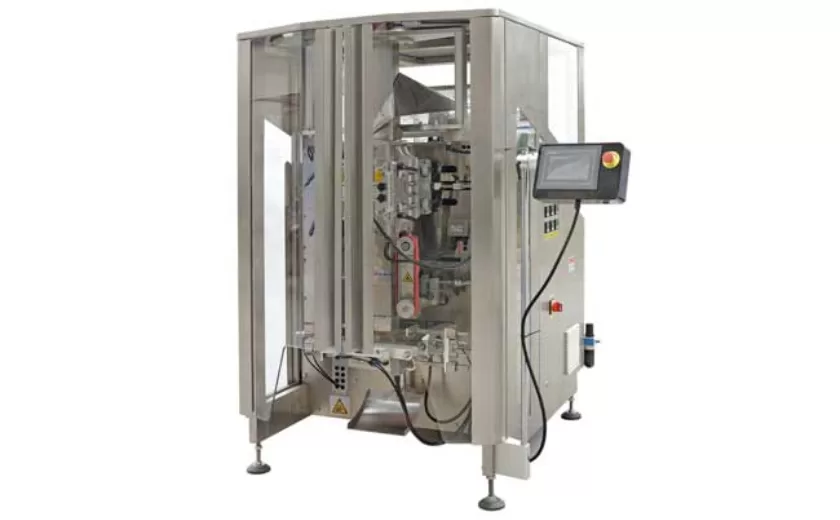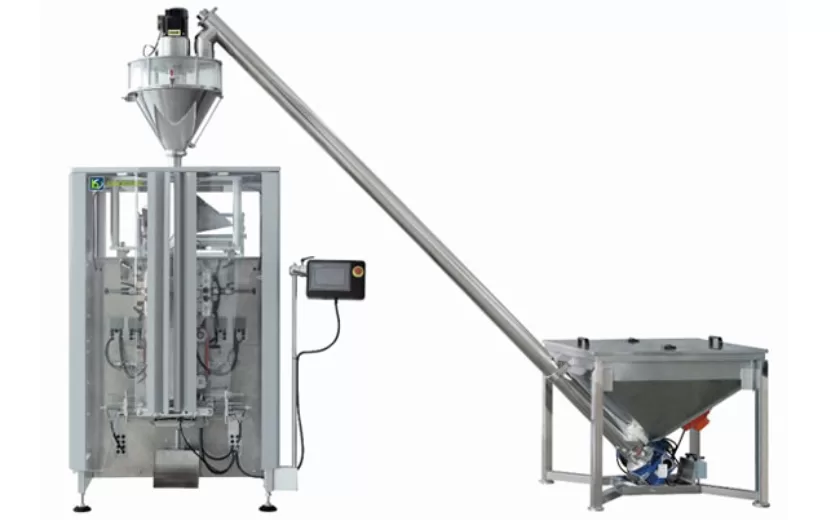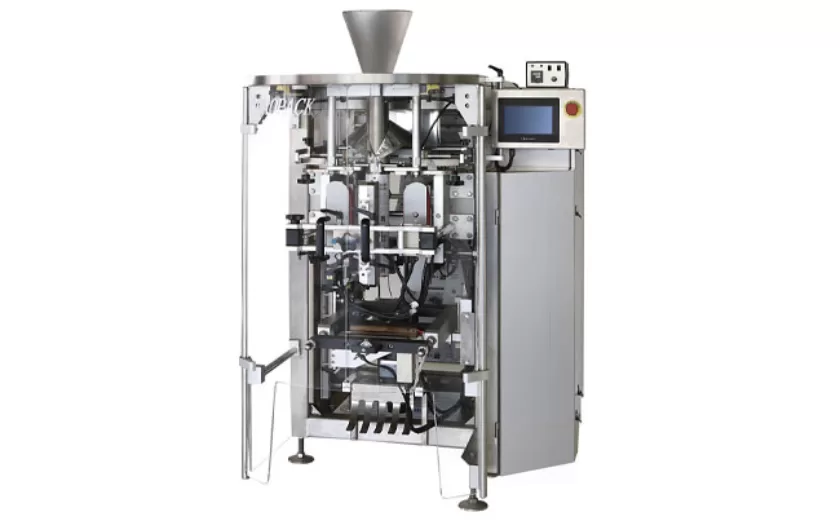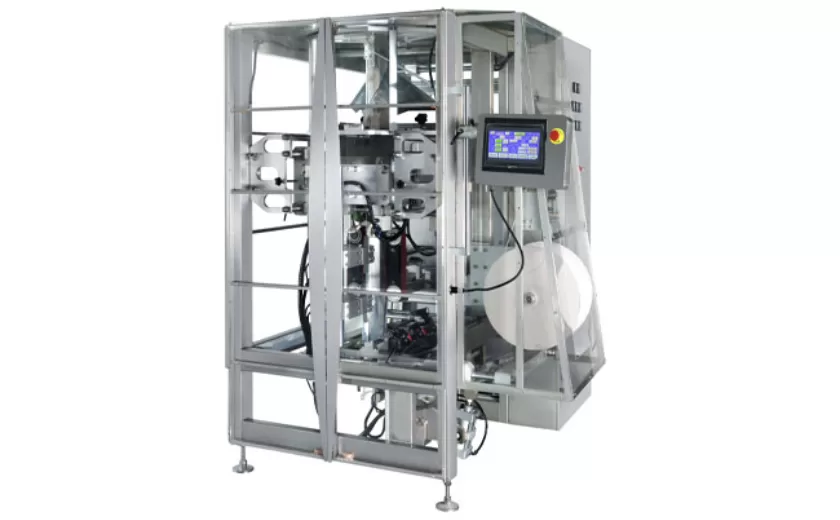The Technology Behind Net Weight Filling Machines Explained
Net weight filling machines are essential for packaging products accurately and efficiently. They are used in a wide range of industries, from food and beverage to pharmaceuticals and cosmetics. These machines are designed to measure and dispense a target weight of product into containers, ensuring consistent and precise filling.
How Net Weight Filling Machines Work
Net weight filling machines operate on the principle of gravimetric filling. This involves continuously monitoring the weight of the product being dispensed into the container. The machine adjusts the flow rate of the product based on the weight readings to achieve the desired target weight.
Components of a Net Weight Filling Machine
– Load Cell: The load cell is the heart of the net weight filling machine. It measures the weight of the product being dispensed and sends this information to the controller.
– Controller: The controller uses the weight readings from the load cell to adjust the flow rate of the product. It also monitors the target weight and ensures that it is achieved.
– Dispenser: The dispenser is responsible for dispensing the product into the container. It can be a valve, auger, or other mechanism designed to accurately control the flow rate.
Advantages of Net Weight Filling Machines
– Accuracy: Net weight filling machines provide highly accurate filling, reducing waste and ensuring consistent product quality.
– Efficiency: These machines are automated and can fill multiple containers simultaneously, increasing production efficiency.
– Flexibility: They can handle a wide range of products with different viscosities and flow characteristics.
– Hygiene: Net weight filling machines are designed to meet sanitary requirements, making them suitable for use in food and pharmaceutical industries.
Types of Net Weight Filling Machines
There are various types of net weight filling machines available, each with its own advantages and applications:
Linear Net Weight Filling Machines
Linear net weight filling machines fill containers in a straight line. They are suitable for high-speed filling and can handle a wide range of container sizes.
Rotary Net Weight Filling Machines
Rotary net weight filling machines fill containers on a rotating carousel. They offer faster filling speeds and are often used for larger production volumes.
Inline Net Weight Filling Machines
Inline net weight filling machines are integrated with the production line, allowing for continuous filling and capping of containers.
Volumetric Net Weight Filling Machines
Volumetric net weight filling machines measure the volume of the product being dispensed instead of the weight. They are less accurate than gravimetric filling machines but offer higher speed and lower cost.
The technology behind net weight filling machines is essential for ensuring accurate and efficient packaging of products. These machines are used in various industries and offer advantages such as accuracy, efficiency, flexibility, and hygiene. Understanding the technology and different types of net weight filling machines is crucial for selecting the right machine for specific applications.
-
Efficient Liquid Filling and Packing Machines for Modern Production
23-10-2025 -
Reliable Granule Packaging Machines for Efficient Production
23-10-2025 -
Efficient Auger Powder Filling Machines for Accurate Packaging
23-10-2025 -
High-Performance Liquid Filling and Packing Machines for Hygienic Production
10-10-2025 -
High-Efficiency Granule Packaging Machines for Precision and Speed
10-10-2025 -
High-Precision Auger Type Powder Filling Machines for Efficient Packaging
10-10-2025 -
Efficient Vertical Form Fill Seal Packaging Machines for Smart Production
10-10-2025 -
Vertical Form Fill Seal Machine Solutions for Efficient Packaging
10-10-2025 -
Efficient Packaging Solutions with Advanced Vertical FFS Machines
10-10-2025 -
Vertical FFS Machine Solutions for Efficient Packaging
30-09-2025





